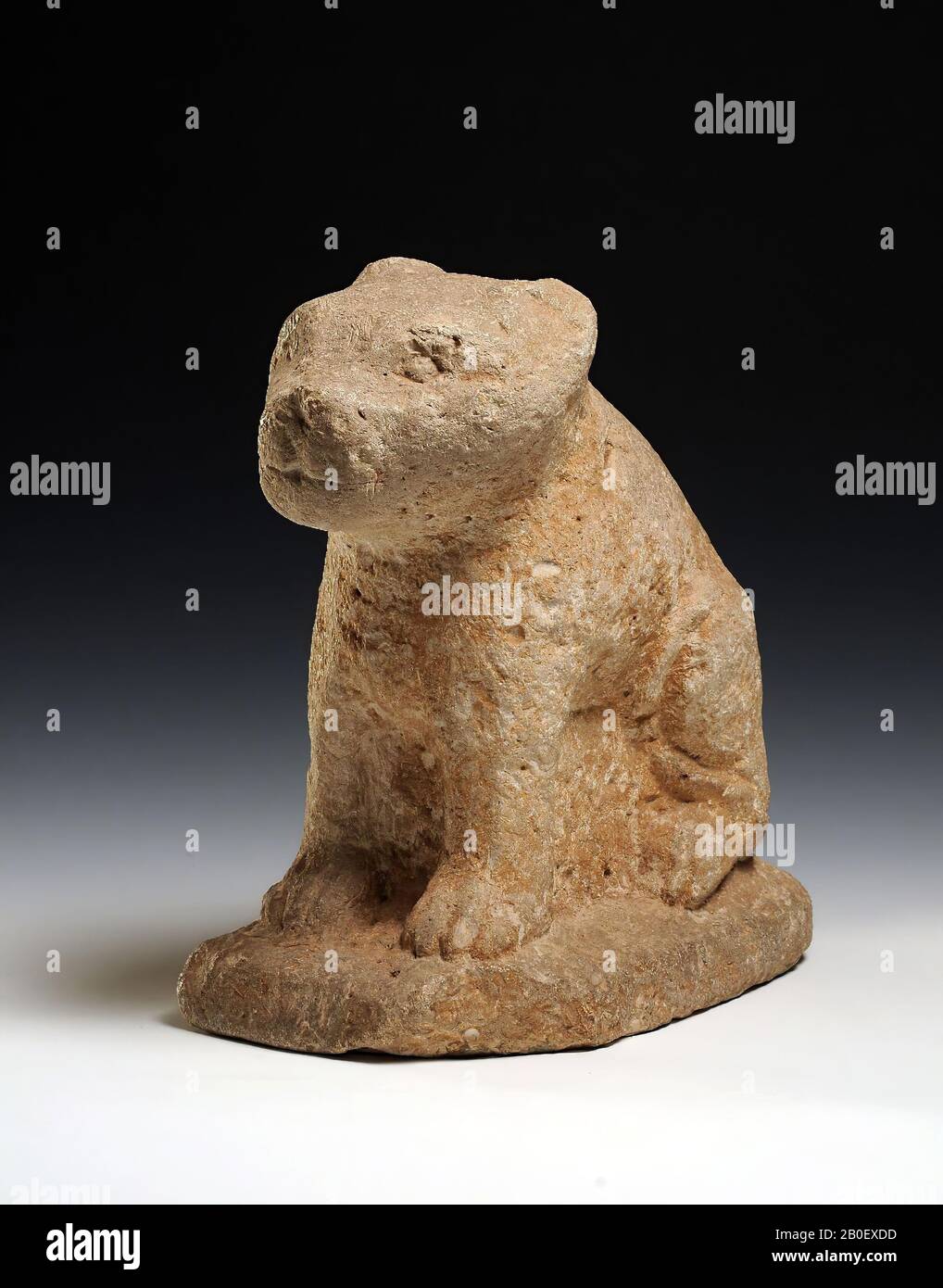


Scale bar indicates nucleotide substitutions per site. Numbers at nodes represent surrogates of branching robustness obtained by an ultrafast bootstrap approach ( 12). A) Nucleotide sequences encoding the membrane-distal part of the HA1 of influenza A(H5N8) viruses were retrieved from public databases, aligned by using MAFFT ( ) and phylogenetically analyzed by using a maximum-likelihood approach (best fit model: K3Pu+G4) implemented in IQ-Tree ( ) ( 12). Insert shows the structural model of the HA protein of the German H5N8 isolate AR2472/14. Phylogenetic analysis of hemagglutinin (HA) 1 nucleotide sequences of highly pathogenic avian influenza viruses subtype H5 from Southeast Asia and Germany. The AR2472/14 isolate forms a cluster with the Donglim3/14 lineage ( 10), but the derived coding sequences of all segments of AR2472/14 show 14 unique amino acids differing from those of Donglim3/14 ( Table). Within this clade, 2 sister lineages (A/breeder duck/Korea/Gochang1/2014 and A/Baikal teal/Korea/Donglim3/2014 ) can be distinguished. Full-genome sequencing (using Sanger technology) and nontargeted next-generation sequencing, followed by phylogenetic analyses of the sequences (EPI_ISL_167140), confirmed a close relationship of all 8 segments of AR2472/14 to HPAI virus subtype H5N8 of clade 2.3.4.4 from South Korea ( Figure 2, panel A). Scale bars indicate 50 µm (B) and 100 µm (D).Ī virus isolate (A/turkey/Germany-MV/AR2472/2014 AR2472/14) was obtained in embryonated chicken eggs and in a chicken hepatocyte culture (LMH, ATCC CRL-2117). B, D) Hematoxylin and eosin staining showing acute coagulative necrosis of the pancreas and multifocal staining within the exocrine pancreatic acini for influenza A virus nucleocapsid protein. A, C) Gross pathology showing acute, focally extensive to diffuse pancreatic necrosis with fibrinous serositis. Pathomorphologic results for 2 dead turkeys infected with influenza A(H5N8) virus, Germany. Immunohistologic analysis confirmed systemic infection and revealed influenza virus nucleocapsid protein in 1) ganglions of the adrenal medulla, 2) ependymal cells of the central nervous system (associated with marked lymphocytic meningitis and perivascular cuffing), 3) thymus epithelia, and 4) epithelia of the exocrine pancreas ( Figure 1).

Heavily injected subserosal mesenteric vessels dominated the situs. Pathomorphologic examination of 2 turkeys revealed herds of pancreatic necrosis associated with fibrinous exudates, necrosis of ileocecal tonsils, and discrete petechiae in peri- and subepicardial locations. The polybasic hemagglutinin (HA) cleavage site sequence RNSPLRERRRKR*GLF indicated a highly pathogenic phenotype. RNA extracted from swab samples of viscous mucus in the oropharynx of dead turkeys and from an organ mixture was positive for influenza A(H5N8) virus by using reverse transcription quantitative PCR, conventional reverse transcription PCR, and sequencing ( 9). Units A1, B1, and B2 had been little affected when all turkeys were culled (unit B3 was not in use).

In the adjacent unit, A2, onset of disease followed the course occurring in A3 with an increased number of deaths delayed by 1–2 days, but deaths never reached levels found in A3. When turkeys were culled on November 6, 2014, ≈300 turkeys were alive in A3 (93.4% cumulative mortality rate). On November 3 and 4, the number of dead turkeys increased sharply (731 and 899, respectively 18.4% and 22.6% daily mortality rates). On November 1 and 2, 2014, 0.5% of turkeys were found dead (expected number of deaths = 0) in unit A3, which is near the stable complex entrance. The turkeys were kept in stables A and B, each with 3 units (A1–3 and B1–3), all connected by a corridor. The completely fenced farm is surrounded by fields and forest and has restricted access. The affected farm kept 31,000 turkeys and is situated in an area with low density of poultry ≈1.3 km east of Lake Galenbeck, a protected, internationally recognized nature reserve frequented by wild birds. On November 3, 2014, a sudden increase in deaths among 16-week-old turkeys was noticed at an indoor turkey-fattening facility in northeastern Germany ( 8).


 0 kommentar(er)
0 kommentar(er)
